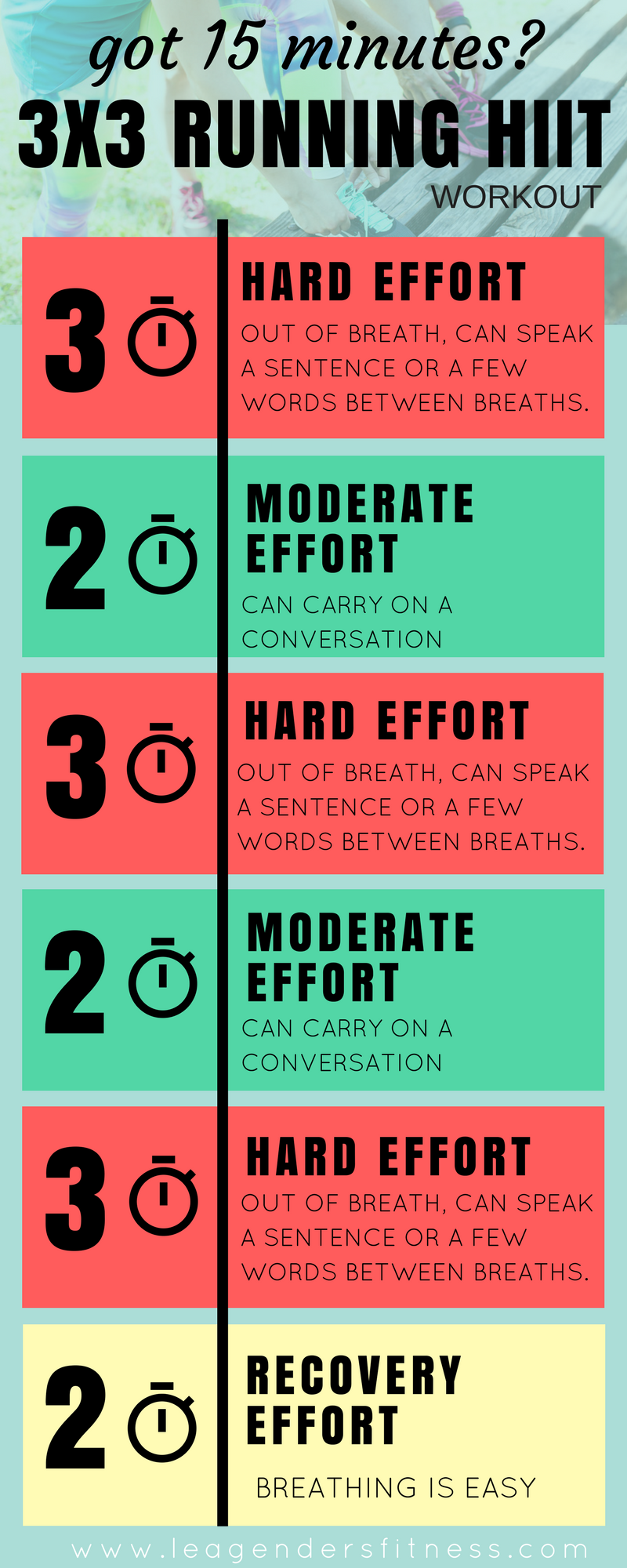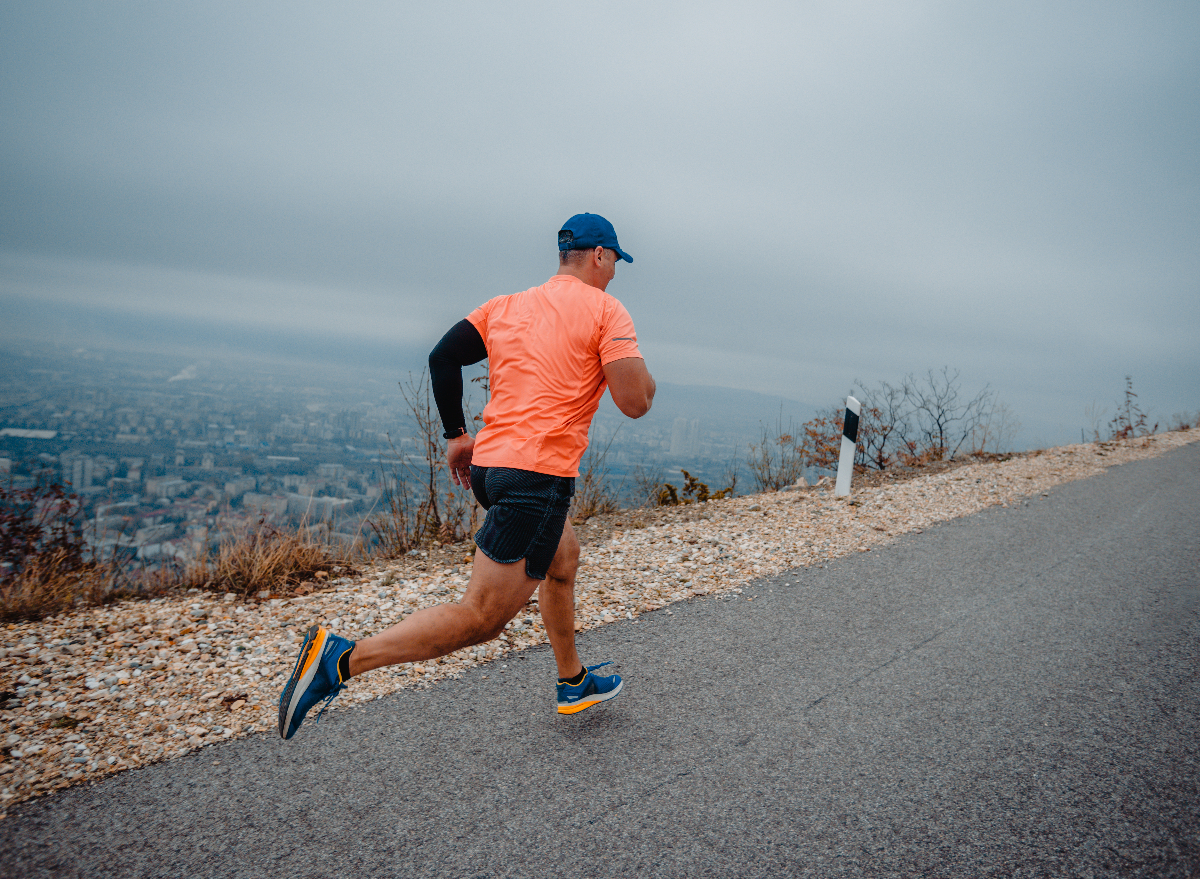Master Your Running Workout: Efficient Strategies for Success
Master Your Running Workout: Efficient Strategies for Success
Blog Article
Overcoming Discomfort in Operating: Techniques and Methods That Job
Discomfort is a common friend for numerous joggers, commonly serving as a barrier to achieving their desired goals. Nevertheless, with the right techniques and strategies, it is possible to overcome and also stop the pain linked with running. By checking out various techniques such as comprehending the different kinds of running discomfort, maximizing footwear and form, integrating cross-training and strength workouts, implementing effective recovery approaches, and maintaining proper nutrition and hydration, runners can possibly reduce their discomfort and improve their total running experience.
Comprehending Different Kinds of Running Discomfort

Another type of running pain is joint discomfort, which can materialize as a sharp or achy pain in areas such as the knees, hips, or ankle joints (running strategy). Joint discomfort might be brought on by factors like inappropriate running form, overuse, or underlying conditions like arthritis (have a look). It is essential to differentiate between muscular tissue discomfort and joint pain, as the latter might call for medical focus to avoid further injury
Comprehending the various kinds of running discomfort is vital for efficient monitoring and prevention techniques to make certain a secure and satisfying running experience.
Proper Footwear and Running Type
To enhance performance and lower the risk of running-related injuries, selecting appropriate footwear and keeping appropriate running form are essential parts for joggers of all levels. It is suggested to choose running shoes that are particularly created for the individual's foot kind, running gait, and the type of running task they involve in.

Cross-Training and Strength Exercises
Stamina exercises, like squats, lunges, and core exercises, play a vital function in supporting muscles and improving running performance. They can remedy muscular tissue inequalities, boost agility, and boost power outcome, all of which are vital for running performance.
It is crucial to permit for ample remainder between running sessions and cross-training tasks to avoid overuse injuries. By incorporating these aspects right into a running routine, runners can construct a stronger foundation, boost performance, and enjoy a much more lasting running experience - original site.
Healing and Rest Methods
Having established the significance of cross-training and strength workouts in an extensive running regimen, interest can now be continue reading this routed towards Healing and Relax Techniques as indispensable components for optimizing performance and lowering the risk of injuries. (running workout)
Healing after running is essential for muscular tissue repair and growth. Techniques such as foam rolling, extending, and massage aid in lowering muscular tissue discomfort and enhancing versatility. Ample remainder in between runs enables the body to recoup and adjust to the physical stress, protecting against overuse injuries.
Integrating active healing days into a training timetable, where low-intensity tasks like strolling or biking are done, can boost blood flow and promote healing without placing excess pressure on the muscular tissues. Furthermore, appropriate hydration and nutrition play a crucial function in the recuperation process by restoring lost fluids and nutrients.
Quality rest is one more important element of recuperation that ought to not be ignored. During sleep, the body undertakes repair work and regrowth procedures, adding to general physical and psychological health. By prioritizing healing and rest techniques, joggers can maintain optimum performance levels and lower the likelihood of experiencing pain or injuries.
Nutrition and Hydration for Runners
Carbs give energy for running, while proteins aid in muscle mass repair and healing. Appropriate hydration is additionally necessary to preserve optimal efficiency, as also light dehydration can adversely influence running efficiency. Additionally, timing dishes and treats properly prior to runs can assist stop intestinal pain and give the essential power for peak efficiency.
Conclusion
Finally, by understanding the various types of running discomfort, using proper footwear, keeping proper running form, integrating cross-training and strength exercises, focusing on recuperation and rest, and concentrating on nutrition and hydration, joggers can properly get rid of pain and improve their performance. Executing these methods and strategies can help joggers protect against injuries, improve their endurance, and inevitably enjoy a much more meeting running experience.
Report this page